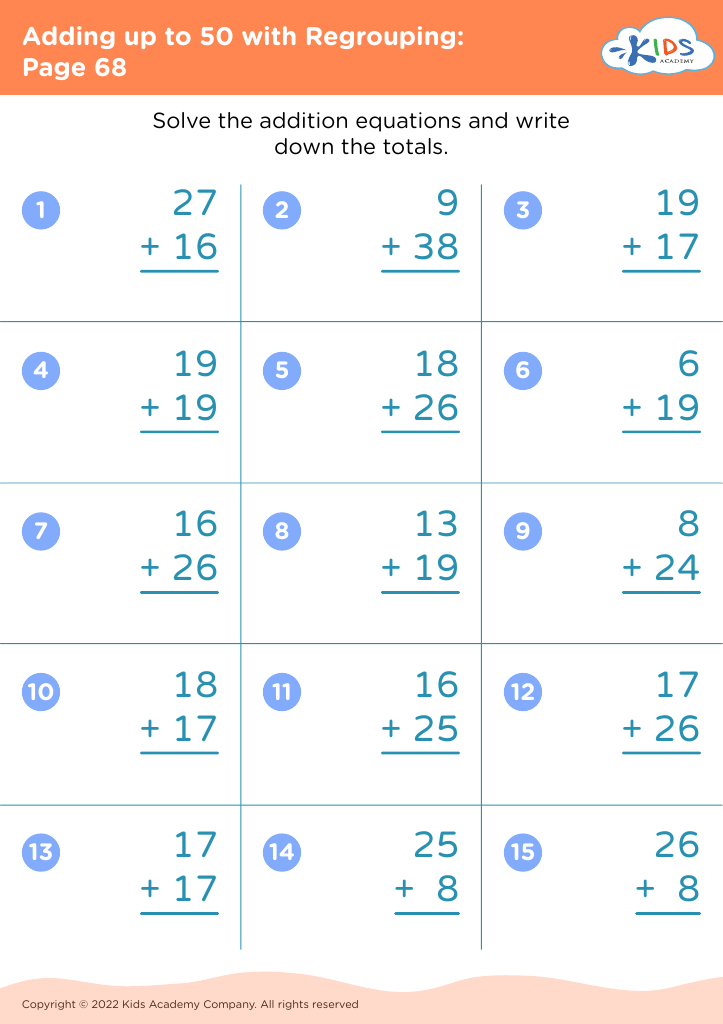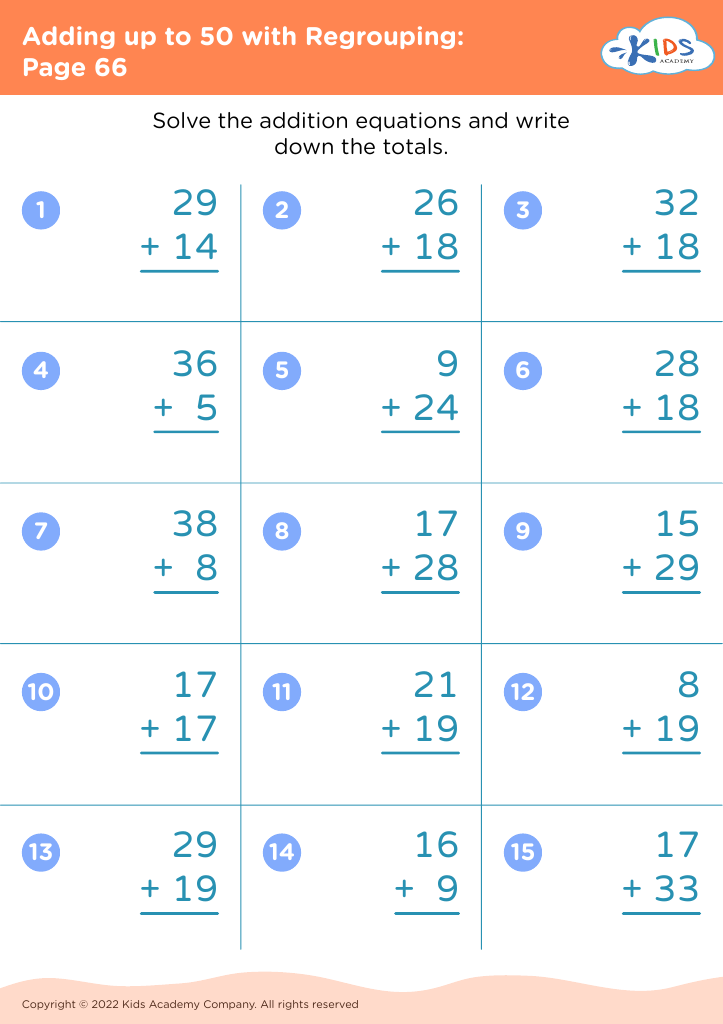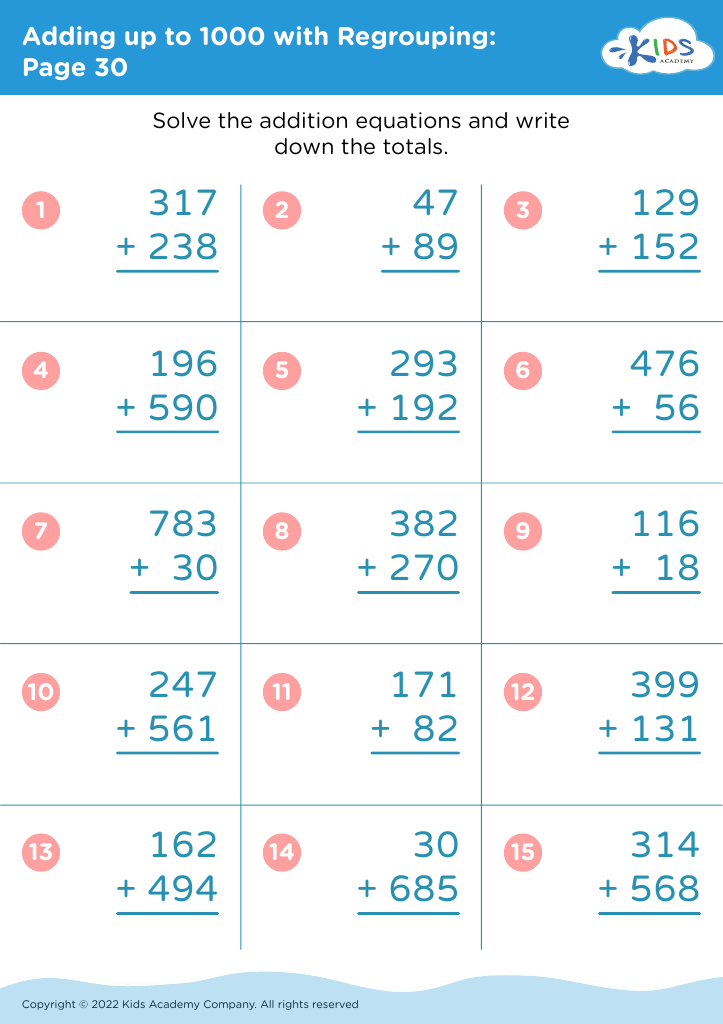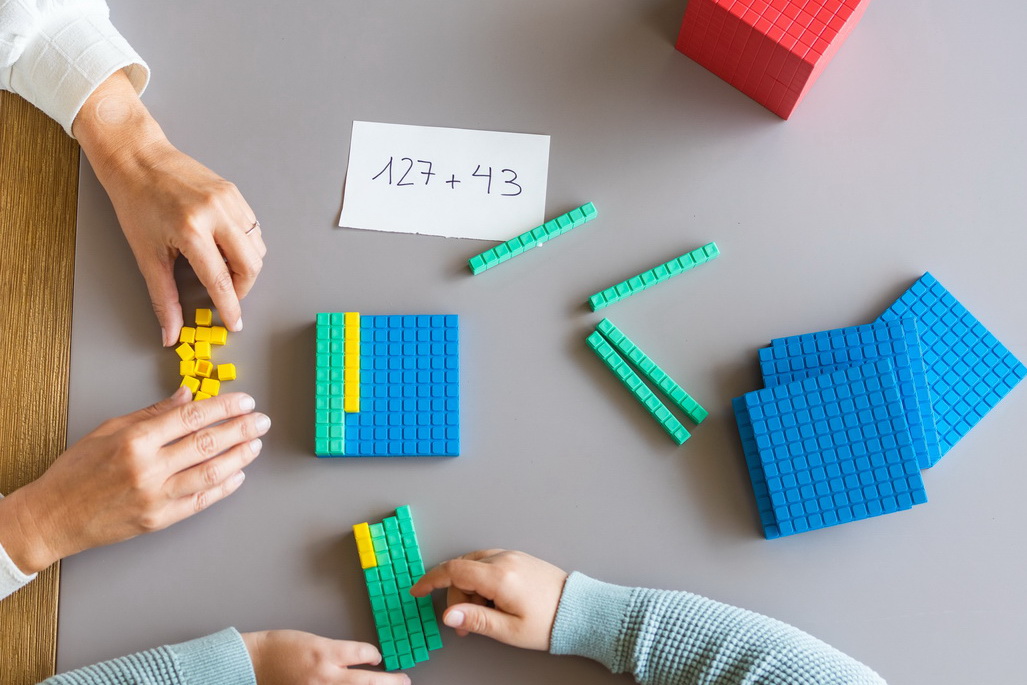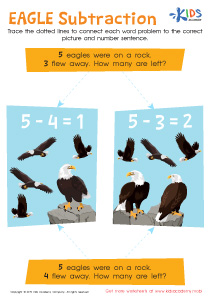Understanding seasons Addition Worksheets for Ages 6-8
3 filtered results
-
From - To
Explore our "Understanding Seasons Addition Worksheets" designed specifically for children aged 6-8. These engaging worksheets combine fun themes of spring, summer, fall, and winter with essential addition skills. By incorporating seasonal elements, we create a dynamic learning environment that helps young learners strengthen their math abilities while they relate these concepts to the world around them. Whether it’s counting apples in autumn or adding raindrops in spring, kids will find excitement in every page. Perfect for at-home learning or classroom activities, these worksheets make mastering addition delightful and relevant. Foster a love for math and nature with our delightful resources!
Understanding seasons is essential for children aged 6-8 as it bridges various educational areas and boosts crucial life skills. Firstly, learning about seasons introduces children to basic scientific concepts related to weather, ecology, and environmental changes, fostering curiosity and observation. It also enhances their understanding of the natural world, helping them appreciate ecosystems and their interconnectedness, which is foundational for them becoming environmentally conscious adults.
Additionally, integrating seasons into activities such as math, especially addition, can make learning engaging. For instance, using seasonal themes to teach concepts of addition and subtraction helps children relate mathematics to real-life experiences. They can count apples in autumn, measure rainfall in spring, or calculate the number of sunny days in summer, making abstract concepts tangible.
Furthermore, discussing seasons can promote emotional and social learning through storytelling, cultural traditions, and community events connected to different times of the year. Such interactions help build their emotional intelligence by connecting with community and nature. In essence, understanding the seasons lays the groundwork for academic growth while nurturing creativity, problem-solving skills, and a sense of belonging in their surroundings, making it a vital part of their overall development.

